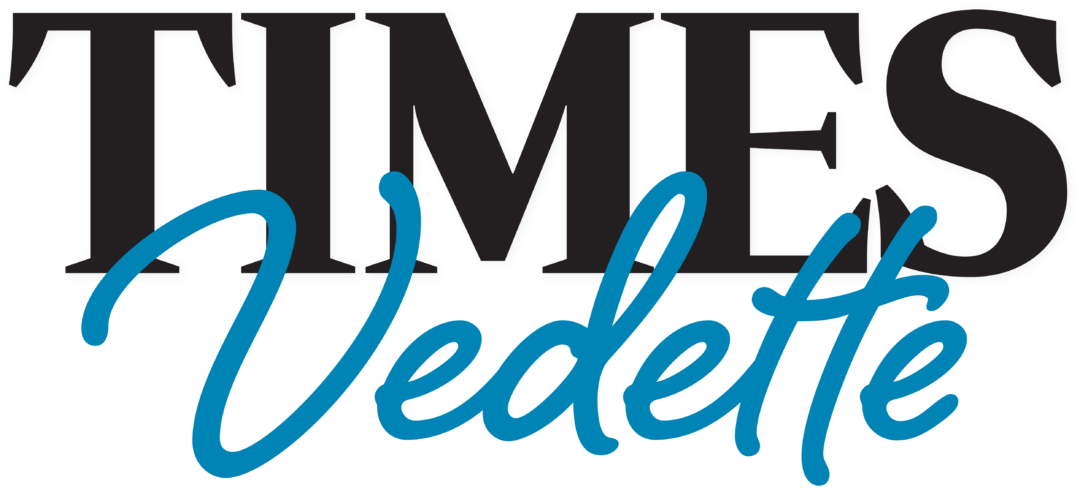 “Half the money I spend on advertising is wasted; the trouble is I don’t know which half.”
“Half the money I spend on advertising is wasted; the trouble is I don’t know which half.”
John Wanamaker is credited with that great quote. The founder of the chain of department stores that eventually became part of Macy’s was considered to be a pioneer in marketing. And he was right. Knowing what advertising is working and what isn’t is a challenge for most every business or organization, even in today’s world of verified audits and analytical reports.
The real trick with advertising is defining “working,” as it is different for each customer. Some expect a specific number of direct leads. Others want to sell a certain amount of product. And some simply want to “get their name out there.” And, to be fair, selling sneakers is a lot different than selling insurance. One size doesn’t fit all.
Despite what some in our industry claim, advertising really isn’t that complicated. Determine your goal. Define your message. Deliver it to the appropriate audience. And then, as best as you can, measure the results.
But for the consumer, advertising is about emotions, or how a campaign makes a person feel. Does the ad make you smile? Does it make you hungry? Does it engage you in a positive way?
Or, on the other hand, does the advertising annoy or even anger you? Make you want to turn the channel? Flip the page? Close the website or social medium? Swear that you will never buy that product or service?
In my career, I have experienced the value of advertising that is highly sought out, as well as the dangers of advertising that is considered bothersome.
When I worked at The Des Moines Register in the 1990s, the phones would ring off the hooks when the Target insert was left out of the Sunday Register. Readers wanted that advertising and demanded that they receive it. Years later, when I was managing community publications in Boone, we would receive calls throughout the night if a carrier route for the shopper was not delivered. Residents demanded their free shopper with the grocery and classified advertising. Today, readers of our publications tell me they enjoy our advertising as much as our editorial content. I take pride in that as I, too, can become annoyed by various forms of advertising that flood my phone, computer screen and TV. Creating effective advertising is both an art form and a science, and we are fortunate to have talented people to help our customers manage through this.
Can we do better? Absolutely. We have to, or we won’t be here. We have to continually improve our editorial content, our print quality, our distribution methods and our communication with our readers and advertisers. And we have to help our customers determine their goals and identify which half of their advertising is working and which half isn’t.
Have a terrific Tuesday, and thank you for reading.
Shane Goodman
Editor and Publisher
Times Vedette digital editions
shane@dmcityview.com
641-755-2115
